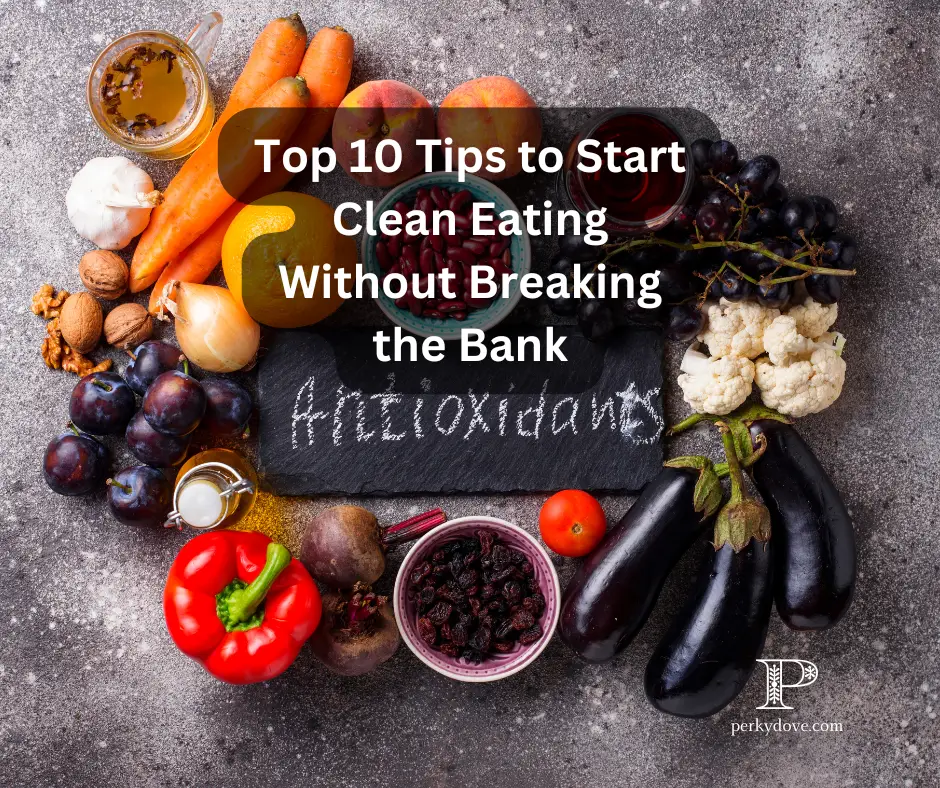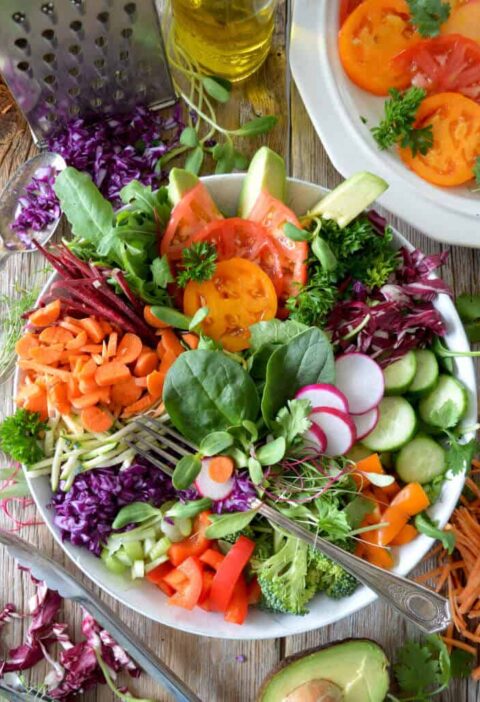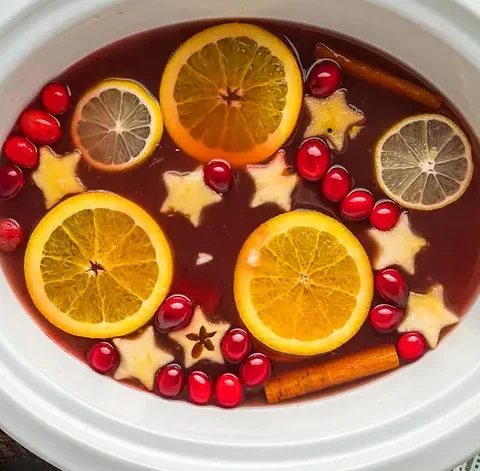Clean eating is often associated with expensive organic produce, specialty stores, and high-end ingredients, leading many to believe it’s out of reach for those on a budget. However, clean eating doesn’t have to be costly. With a few strategic changes and some creativity, you can enjoy nutritious, whole foods without overspending. Here’s how to get started:
1. Plan Your Meals and Stick to a Budget
Meal planning is a cornerstone of clean eating and budget management. Take some time each week to plan meals using seasonal, affordable ingredients. Start by assessing what you already have in your pantry and freezer to avoid overbuying. Create a shopping list based on your planned meals and stick to it to avoid impulse buys. Meal planning not only reduces waste but also helps ensure you have balanced and diverse meals throughout the week. Additionally, consider planning meals that use similar ingredients to maximize efficiency and minimize cost.
2. Embrace Seasonal and Local Produce
Fruits and vegetables that are in season are not only fresher and more flavorful but also more affordable. Local farmer’s markets and produce stands often have better prices compared to grocery stores. Learn what’s in season in your area by researching online or asking at your local market. Build meals around these ingredients to save money while enjoying peak freshness. If you find great deals on seasonal produce, consider buying in bulk and freezing portions for later use.
3. Buy in Bulk
Staples like grains, beans, lentils, nuts, and seeds are often cheaper when bought in bulk. Many stores allow you to purchase only what you need, reducing packaging waste and cost. For larger households, buying in bulk can lead to significant savings over time. Look for co-ops, discount stores, or online retailers that offer bulk-buying options. Investing in airtight containers can help you store these items safely and extend their shelf life.
4. Cook at Home
Preparing your meals at home allows you to control what goes into your food and saves money compared to eating out or relying on pre-packaged items. Start with simple recipes that use basic ingredients to build your confidence. Batch cooking—making larger portions to freeze or refrigerate—is a great way to save time and ensure you always have clean, homemade meals ready to go. Try dedicating one day a week to cooking several meals at once to reduce daily stress and temptation to order takeout.
5. Choose Whole Foods Over Processed Alternatives
Minimally processed foods like whole grains, fresh produce, and dried beans are not only healthier but also cheaper than their pre-packaged counterparts. For example, buying a bag of dried beans and cooking them yourself costs significantly less than purchasing canned beans. Skip the “clean eating” branded snacks and focus on simple, nutrient-dense ingredients. Learning to make your own snacks, like energy bars or trail mix, can also save money and reduce packaging waste.
6. Utilize Freezer-Friendly Foods
Frozen fruits and vegetables are a budget-friendly way to enjoy out-of-season produce. They’re picked and frozen at peak ripeness, preserving nutrients and extending shelf life. Incorporate them into smoothies, soups, and stir-fries. In addition to produce, you can freeze homemade meals, bread, and even fresh herbs (chopped and stored in ice cube trays with olive oil) to reduce waste and ensure you always have ingredients on han
7. Grow Your Own Herbs and Vegetables
Starting a small herb garden or growing easy vegetables like lettuce, spinach, or tomatoes can be a fun and rewarding way to save money. Even if you don’t have outdoor space, many herbs thrive indoors on a windowsill. Herbs like basil, mint, and parsley are versatile and can elevate the flavor of your meals without adding significant cost. If you have a yard or balcony, consider growing vegetables that yield a high harvest, such as zucchini, cucumbers, or green beans.
8. Avoid Food Waste
Use every part of the food you buy. For example, vegetable scraps can be turned into homemade broth, and slightly overripe fruits can be used in smoothies, baked goods, or jams. Label and date leftovers before storing them to avoid forgetting about them in the back of the fridge. Challenge yourself to use up all perishable items before your next grocery trip. Websites and apps that generate recipes based on the ingredients you have at home can be helpful tools for reducing waste.
9. Shop Smart for Protein
Proteins can be one of the more expensive components of a meal, but there are budget-friendly options. Incorporate more plant-based proteins like beans, lentils, tofu, and eggs, which are often cheaper than meat. When buying meat, look for sales or bulk packages and freeze portions for later use. Cheaper cuts of meat, like chicken thighs or drumsticks, are just as nutritious as pricier options and can be tender and flavorful when cooked properly. Stretch proteins further by incorporating them into soups, stews, and casseroles.
10. Be Mindful of Marketing Buzzwords
Terms like “organic,” “non-GMO,” or “all-natural” can drive up prices. While these labels may have their merits, they’re not always essential for clean eating. Focus on whole, unprocessed foods, regardless of the label. For example, conventionally grown produce that you wash thoroughly can still be a great choice if organic options are out of your budget. Educate yourself on which items (like the “Dirty Dozen” list) may be worth buying organic and which are fine to buy conventional.
Final Thoughts
Clean eating is about simplicity and making informed choices, not about perfection or breaking the bank. By planning ahead, shopping smart, and focusing on whole, seasonal ingredients, you can nourish your body and stick to your budget. Remember, every small step counts—start where you are and build from there.
What are your favorite budget-friendly clean eating tips? Share them in the comments below!




